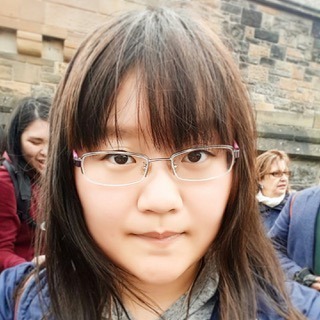
Ashley Lau Yee Ting
2016-17 Term 2
Floating and Drowning in Fluidity: Identity Creation in The Woman Warrior and Mona in the Promised Land
Supervisor:
Abstract
Fluidity has always played in important role in Chinese-American literature, offering insight upon the hybridity of identity and culture. While it is commonly believed that hybridity equates the merging of two or more cultures, this essay argues against this notion, presenting an alternative definition where hybridity is the creation of a new culture and identity through selecting parts of different cultures that suit oneself through appropriation and mimicry. Through this perspective, fluidity is not merely allowing one to move between two ends of a spectrum, it is allowing cultures to be mixed into the solution of identity. Through incorporating values of diverse cultures, one is able to create layers to the mask that add to one’s identity. This allows the individual to explore aspects of life previously unknown to them, allowing them to explore and push against the boundaries of what and who they can become through fluidity. However, no matter how diluted this solution becomes, the origin that is one’s ethnic culture and surrounding culture will never disappear, leaving influential traces. Thus, no matter how hard Chinese-American individuals try to eliminate their Chinese-ness or American-ness, they will only fail and drown in fluidity. This essay will hence be discussing how coming-of-age Chinese-American literature captures this process of identity creation through Maxine Hong Kingston’s The Woman Warrior and Gish Jen’s Mona in the Promised Land, and presents it as a source of empowerment for readers to come to understand and navigate the world beyond the novels.
Reflection
As one with a hyphenated identity myself, my journey to acceptance of my identity was very similar with the protagonists of the two novels I worked on. This gave me an opportunity to pull up memories of my preteen emotions and behavior to examine and explore what I had gone through with my now ‘adult’ perspective. In this project, I worked on how coming-of-age Chinese-American literature can help people going through confusions of identity find a companion and friend they can look to for guidance. Besides gaining closure and understanding for my own experience, I have also gained insight into how we can possibly utilize literature in education and counseling for preteens and teenagers in this day and age where identity is fluid and multi-faceted.






